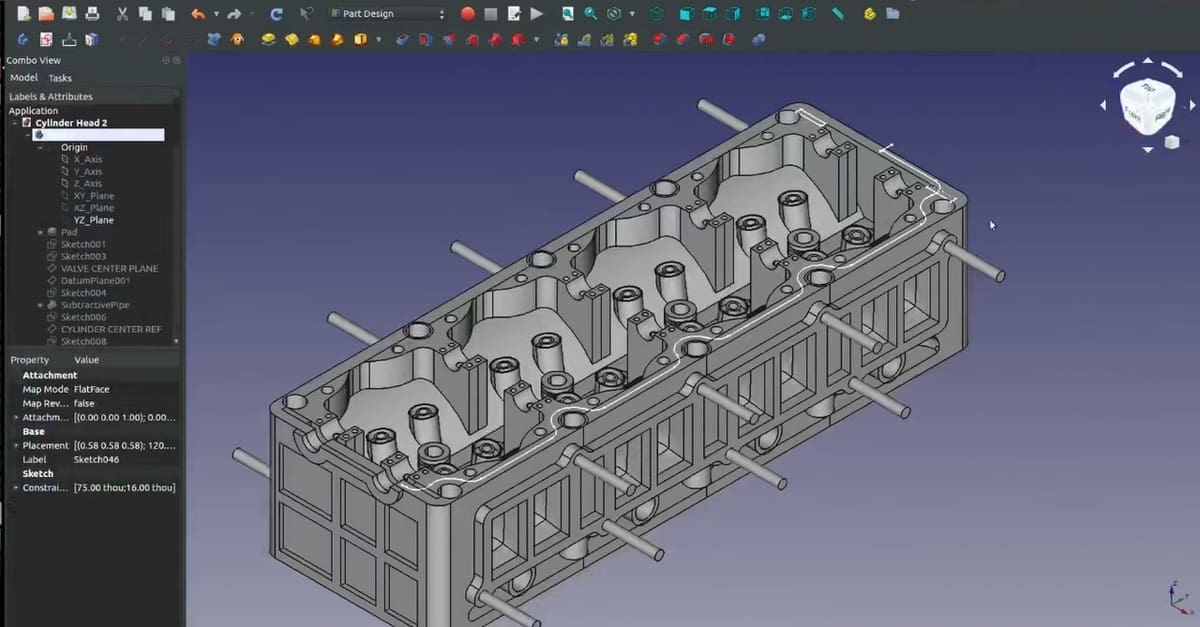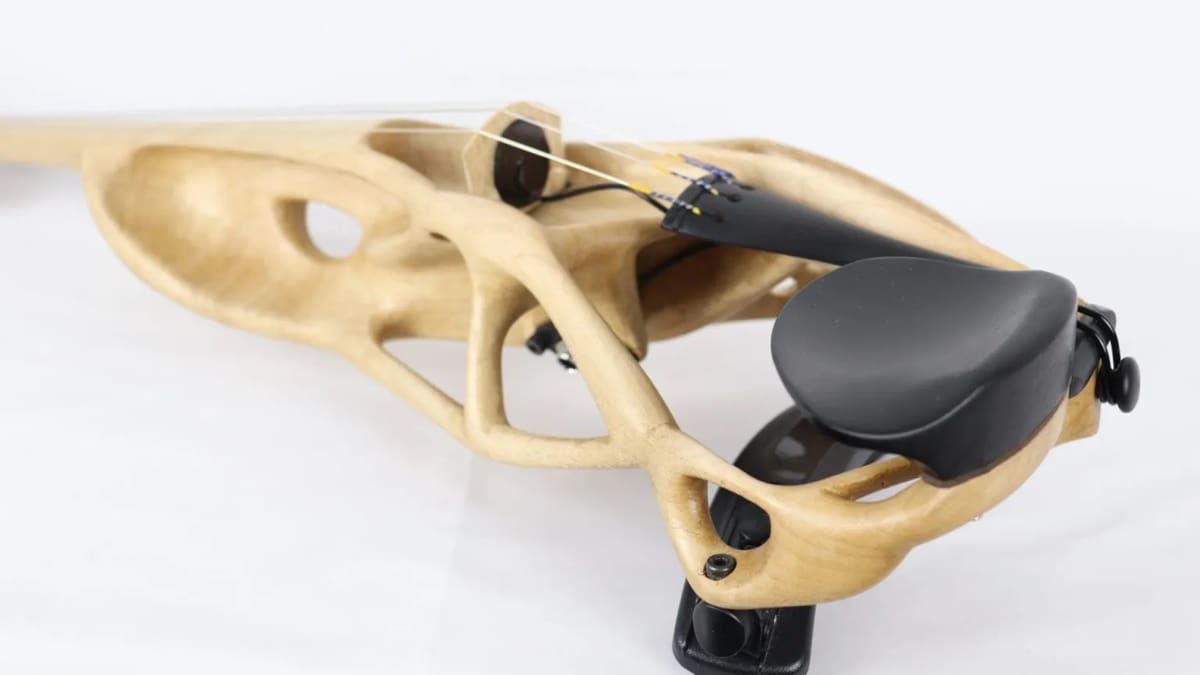To some, the choice between free and not free is easy. But when it comes to FreeCAD vs. Fusion 360 it’s more complex. On the one hand, there’s a capable free version of Fusion 360 for non-commercial use. On the other hand, if you need CAD for work, is Fusion 360 worth the price when there’s FreeCAD?
FreeCAD (0.22 2024) and Fusion 360 (2024) are both parametric modeling programs used for technical modeling in the fields of mechanical engineering, industrial design, and more. Thanks to their CAM toolsets, both programs are also highly used in woodworking and by CNC hobbyists. Yet, despite having similar functionalities, they have different target audiences and user interfaces.
FreeCAD is free open-source design software with tools for CAD as well as simulation, CAM, and motion simulation. It’s primarily used for the mechanical modeling of complex machines, most often by independent designers, hobbyists, and and small businesses.
Fusion 360, in contrast, is software created by Autodesk for mechanical modeling, CAM, drafting, and simulation. It’s used mainly for mechanical modeling of small machines as well as product modeling, being quite popular in areas like woodworking and more recently, generative design.
In this article, we’ll compare both programs, covering their main features and functions as well as other details that’ll help you decide which software might be best for you.
Prices & Licensing
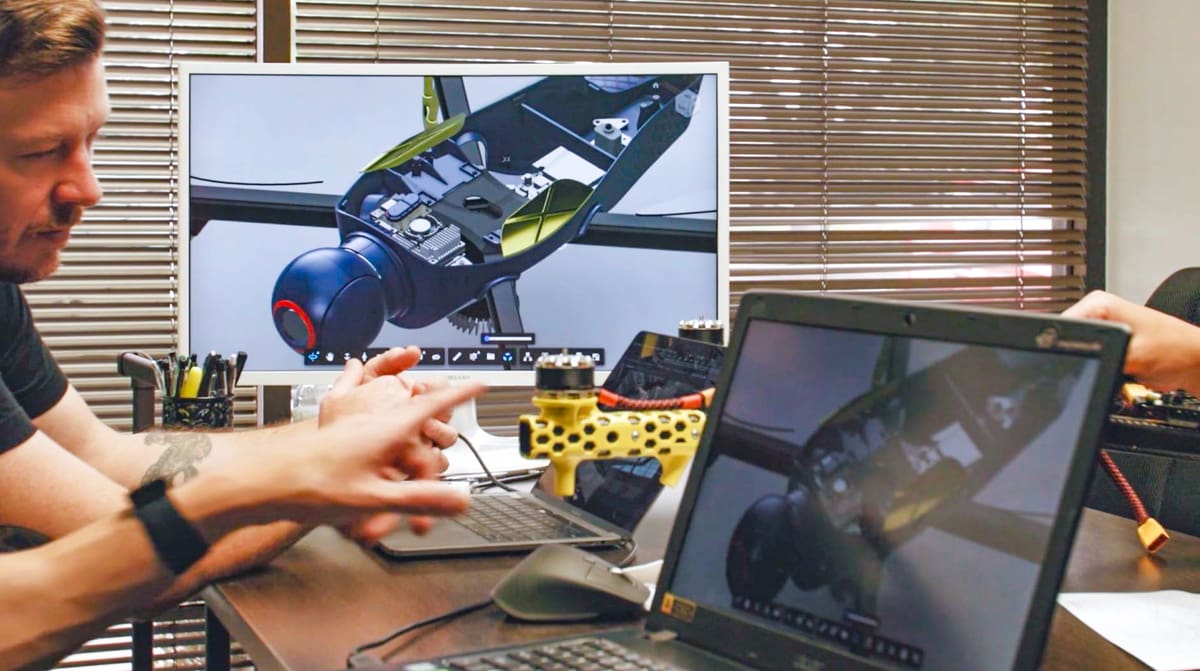
As the name indicates, FreeCAD is free. It’s also open-source, so you can participate in bug fixing or contribute your own extensions to the program, and benefit from extensions by others. And in case you’re wondering, the team behind FreeCAD receives donations, which allow the programmers to keep developing the software for free.
Fusion 360’s license is subscription-based, meaning that you pay a monthly or annual fee, or save money with a three-year subscription. Although Fusion 360 isn’t free, there is a very popular free, limited-feature version for personal use. If you’re a student or educator, you can get the full version for free. If you qualify for Autodesk’s Start-Up program, you, too, can get the full version for free. There’s also a 30-day free trial.
System Requirements
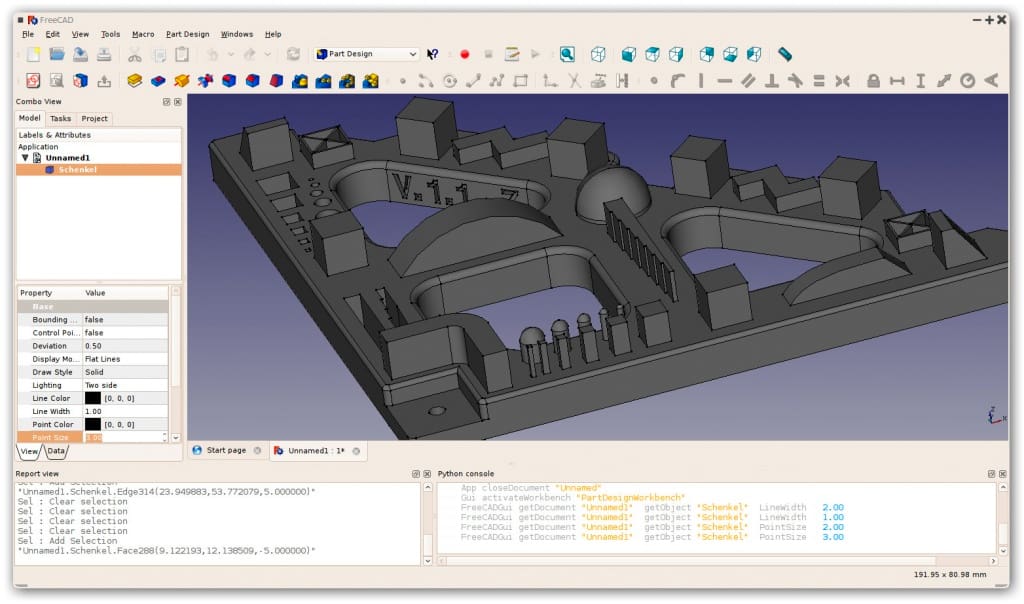
Both programs run in Windows and MacOS. Additionally, FreeCAD runs on Linux, while Fusion 360 does not. Heavy graphics are part and parcel of working in both of these resource-intensive applications, so, regardless of which one you use, you will need a powerful computer especially for more complex designs.
FreeCAD
- Operating system: 64-bit Windows 7 or newer; MacOS X 10.12 Sierra or newer; modern Linux distributions (check the Linux installation Wiki)
- Memory: 8 GB
- Good CPU and GPU, see Fusion 360 specs below
Fusion 360
- Operating system: Windows 10 (64-bit) Version 1809 or newer; MacOS Monterey 12.x or newer
- Processor: x86-based 64-bit processor (for example, Intel Core i, AMD Ryzen series), 4 cores, 1.7 GHz or greater; 32-bit not supported. Apple silicon processors require Rosetta 2
- Memory: At least 4 GB of RAM, 6 GB recommended
- Storage: 8.5 GB
- GPU: 4 GB of VRAM
Features & Functions
The tools and functions of both programs are organized into default layouts that work a bit differently. In Fusion 360, the layouts are called workspaces, and they’re specific to each step of the design pipeline. The layouts in FreeCAD are called workbenches.
When it comes to modeling, both FreeCAD and Fusion 360 operate in a similar way. The modeling method consists of creating a 2D sketch that can then be converted into a 3D volume by using operations like extruding a base, revolving the sketch around an axis, and so on. You can switch back and forth between sketching and operations, and new sketches can be created until you have a finished 3D model you’re satisfied with.
Even though Fusion 360 and FreeCAD both have functions for additional working steps, as you’ll see below, they’re mostly used for modeling. Users tend to have specialized software for other steps in the design pipeline although Fusion 360 does offer growing support for 3D printing directly from the software, and, of course, FreeCAD is used to directly CNC parts.
Now, let’s take a closer look at their respective feature and functions.
FreeCAD
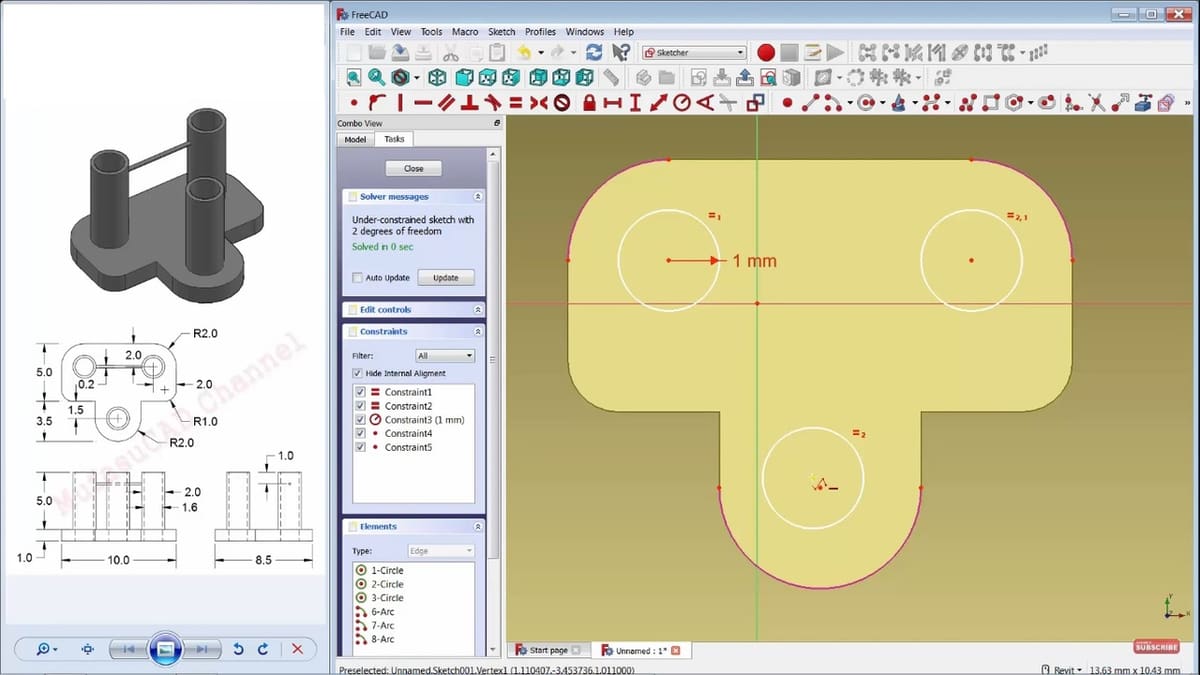
Modeling
FreeCAD’s modeling capabilities are spread across a few workbenches. The Drafting workbench can be used for modeling with 2D sketches and 3D operations, while the TechDraw workbench is for technical blueprints. With functions similar to those in Fusion 360, it’s possible to add measurements, BOMs, and annotations in the latter.
The Part Design workbench has more complex operations to go from sketch to model. Here, you can also access tools for measuring physical aspects of the model, such as dimensions and weight. Though still in development, the Inspection workbench has more complex measuring tools, like being able to measure different parts of a model. With complex shapes like paraboloids or hyperboloids, you can get information on a specified radius of the volume.
Manufacturing
In contrast to Fusion 360, FreeCAD has a Path workbench, where CAM processing is done. You can do so for Cartesian CNC machines for operations such as milling, drilling, contouring, and more. Most 2.5D operations are possible, but 3D operations are still in development. With FreeCAD, you can also simulate the cutting process and work with different tools.
Advanced Features
Although FreeCAD has some rendering tools, the quality isn’t as good as Fusion 360’s tools. FreeCAD does, however, have two noteworthy workbenches for more complex functions: the Surface workbench for surface modeling (a surface is an outer skin that represents the shape of the model) and the Points workbench to work with point clouds.
Surface modeling is a technique used for sheet metal parts. In addition to thinking about the shape, you also have to consider how it will be manufactured, as sheet metal parts are usually created by bending sheets of metal. For example, you need to calculate how much metal is needed, the degrees to which it needs to be bent, how many times, and so on.
Point clouds are part of a laser scanning technique that allows you to create a virtual representation of real-life spaces. Essentially, you scan a large surface and obtain millions of points, called a point cloud, each with unique coordinates.
Other Functions & Extenstions
Similar to Fusion 360, FreeCAD has external workbenches that have been developed by members of the community, enhancing the software’s functionality. They are generally developed independently and stored in GitHub, but FreeCAD’s Wiki offers a list of the most popular ones. Some of these workbenches include workbenches for architecture, assembly, customization of the UI, airplane design, mechatronics, doing finite element analyses (FEA), and electronic design. There are also add-ons that enable the software to support different file types.
Fusion 360
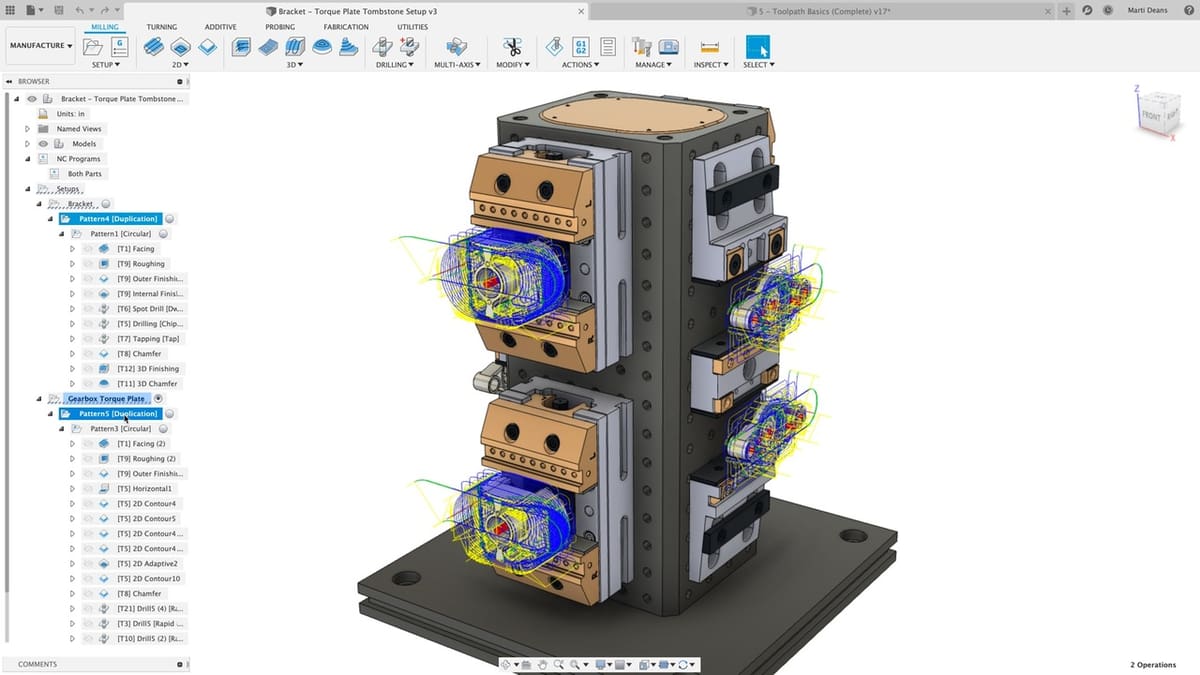
Modeling
To model in Fusion 360, you’ll need to work in the Design workspace, which is the default workspace that shows up when you create a new project. It has tools for 2D sketching, extruding bosses or cuts, creating patterns, fillets, and Boolean operations to, for example, combine shapes.
Rendering & Simulation
Beyond modeling for practical use, Fusion 360 has tools to create realistic renders of models, including the abilities to add different materials and textures and set up a scene with a background. Additionally, the software has an Animation workspace where you can simulate the movement of an assembly. This is useful to make sure all components move correctly, especially when a design includes gears, levers, and similar components that need to be timed in a certain way. The assembly process of a model can also be animated.
Using finite element analysis, the software can add forces and strains to an object to see how it reacts. Simulations are used in design and material science to determine how much stress a geometry made out of a certain material can sustain.
Manufacturing
For CAM, Fusion 360 has a Fabrication workspace, which has tools for 2D operations such as contouring and milling or 3D operations such as turning and drilling. Customized tools can also be created. You can simulate the cutting process and choose different post-processing options depending on the mainboard your machine uses.
Other Features & Extensions
Two other workspaces are worth mentioning. The Drafting workspace allows you to make blueprints, indicate dimensions, show assembly instructions, and make bills of materials (BOMs), among other capabilities. There’s also a Generative Design workspace.
Fusion 360’s functionality can be enhanced with add-ons, which are available through Autodesk’s App Store. Examples add-ons include tools like BOMS or extensions for advanced simulations, advanced CAM, and process management. Finally, Fusion 360 relies on cloud storage, which is its default storage mode. To save a project on your computer, you’ll need to export it.
What’s Not in the Free Version
If you’re looking to compare the free version of Fusion 360 to FreeCAD, below are some of the limitations of the free version.
- Limited CAM functionality (includes 2, 2.5 and 3 axis milling, but no 3+2 axis, 4 axis, or 5 axis milling)
- Single user data management (not collaboration features)
- Limited electronics and PCB designs
- Limited 2D documentation and drawings
- Forum support only
- Limited import/export file types (but still includes STL and STEP export, but no 3MF)
- Limited document access
- No simulation (except for tool path simulation)
- No generative design
- No cloud rendering (only local rendering)
- No access to extensions (but still access to scripts and add-ins from the Autodesk App Store)
- No tools for metal additive manufacturing or some SLA processes (FDM and metal with FDM is available)
Switching from One to the Other
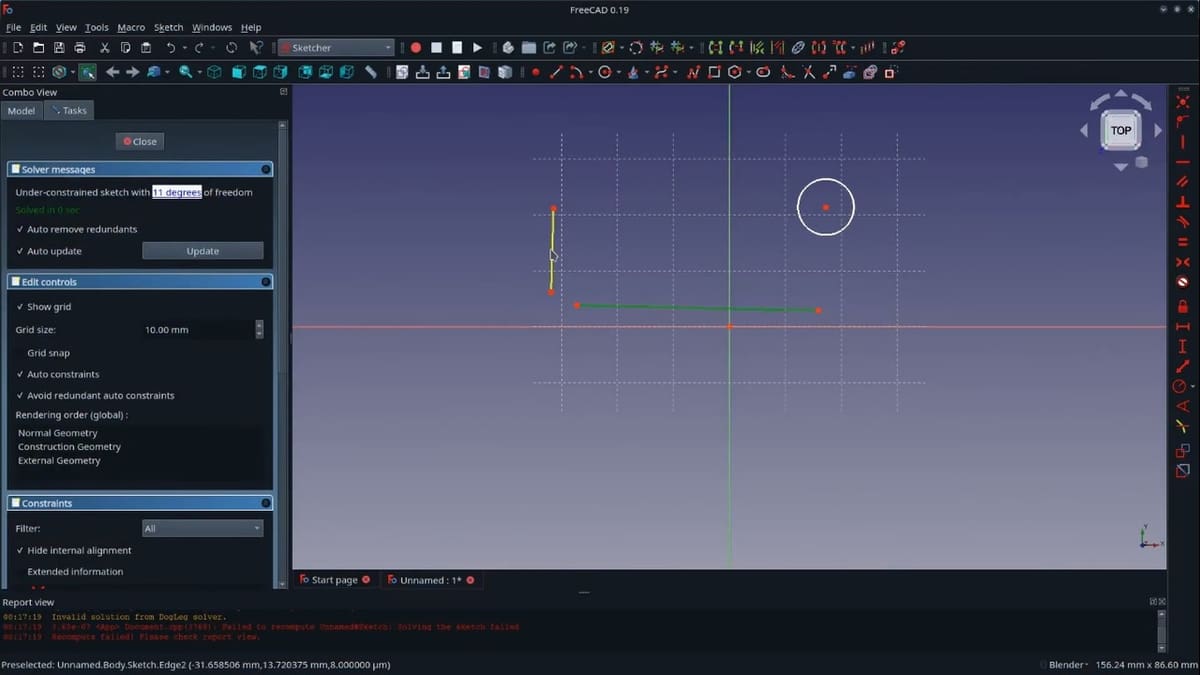
Both FreeCAD and Fusion 360 are great for basic modeling needs. In fact, modeling in both programs is regarded as beginner-friendly (for engineers). Both use easy-to-understand symbols to represent operations, making them easy to find. But each one required you to think about achieving your design goal in a slightly different way, which can make switching form one to the other frustrating at first. You may think, “this program can’t do this!”, but in reality, you just have to do it in a different way.
“Coming from another CAD program you may find FreeCAD’s terminology, structure and organization to be slightly foreign,” the folks at FreeCAD feely admit. The most common advice for switching from one program to the other is to forget everything you know about CAD and start as a beginner.
Some say learning or switching to FreeCAD may be a bit more challenging. You have to navigate across workspaces to do even simple functions, and the symbols aren’t as clear as those in Fusion 360. For example, Fusion 360 uses visual hints even for more advanced functions, like setting up CAM tools.
With Fusion 360, however, you need slightly deeper knowledge because everything is laid out in sections and drop-down menus. Otherwise, you’ll have to spend some time exploring to find the tools you require. In FreeCAD’s case, the main tools for every workbench are laid out horizontally on the top menu, so finding them is easier, which makes getting started a bit easier.
Stability
There are two main disadvantages to FreeCAD. First, being open-source, it’s less stable than Fusion 360 and not as powerful. When working with heavy assemblies or operations, the program becomes a bit inefficient and laggy. In addition, FreeCAD doesn’t keep the integrity of a model as it changes, meaning once an operation is done, it’s unchangeable unless you use the undo feature. This can cause the quality of models to deteriorate as changes are made – especially during the conception phase when there’s a lot of back and forth.
The second issue is that its UI isn’t as visually appealing as Fusion 360. Even though this doesn’t really interfere with the model, it’s a thing users notice. It’s worth noting, however, that FreeCAD has a considerably shorter launching time than Fusion 360. It’s a small detail, but again, it’s something users notice.
Use Cases & Applications
FreeCAD
Use Cases
FreeCAD is used for mechanical design most often by independent designers and smaller organizations. One of its main industrial users is OpenSource Ecology, a company that’s developing open-source blueprints for everyday machines necessary for modern life, making them more accessible for all communities. Additionally, Makers Making Change and H2Office were cited in a forum thread as companies that use the software.
Applications
The main end use of FreeCAD is mechanical design. Though it has many other uses, especially through external workbenches, modeling for mechanical design remains the most popular application of the software. As anyone can access FreeCAD, it’s also preferred for big collaborative projects where you need to ensure file compatibility.
Fusion 360
Use Cases
Fusion 360 is a popular tool for all types of CAD applications and especially generative design projects, such as this violin shown above and this crankshaft prototype. It’s also used for product design, as in these bike components from Pembree.
Applications
Fusion 360 is largely used for small-scale mechanical design (e.g. not multi-assembly machinery, like cars) and CAM, and also woodworking. It’s also used for product design and collaborative design. Thanks to its cloud system, it’s useful for collaboration among various teams during a product’s development cycle.
Community & Company Support
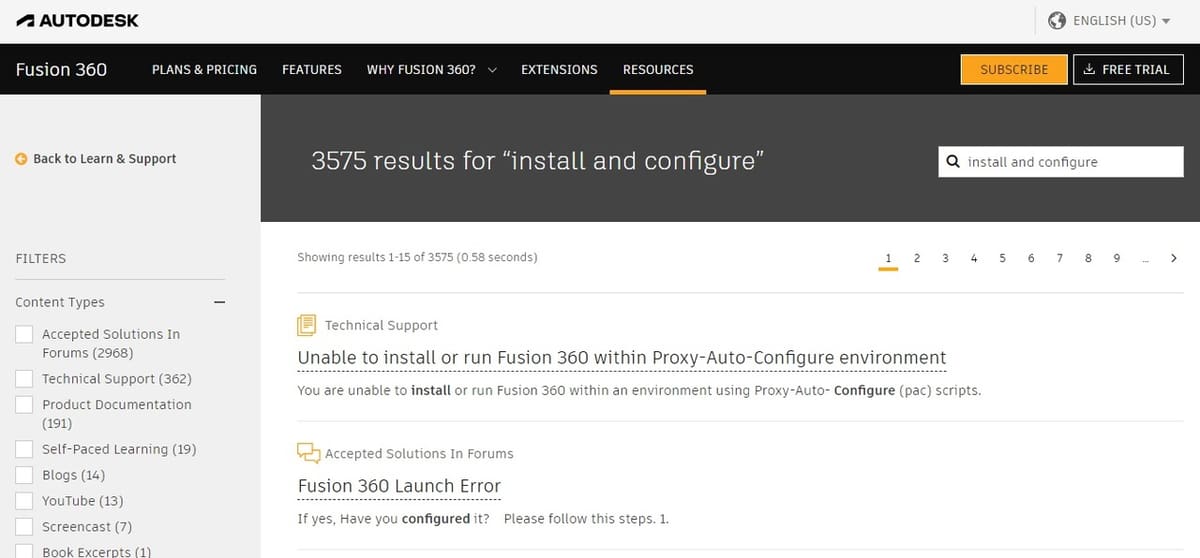
Both FreeCAD and Fusion 360 have large support communities and resources. Autodesk has a Fusion 360 support page where you can find official learning materials suitable for beginners and advanced users. They also have an official forum where you can ask questions, which are answered by other community members or the Autodesk support team. Users can also ask questions and share ideas over unofficial forums like the Fusion 360 Reddit group. Finally, there are also many tutorials available on YouTube.
In FreeCAD’s case, there’s an official forum where you can find information on system requirements, update announcements, and external workbenches. Of course, questions asked by the community are also on the forum. FreeCAD has an official wiki full of documentation for every small aspect of the software. Finally, there’s the FreeCAD subreddit, an unofficial forum where the community can answer each other’s questions, as well as many tutorials available on YouTube.
Final Thoughts
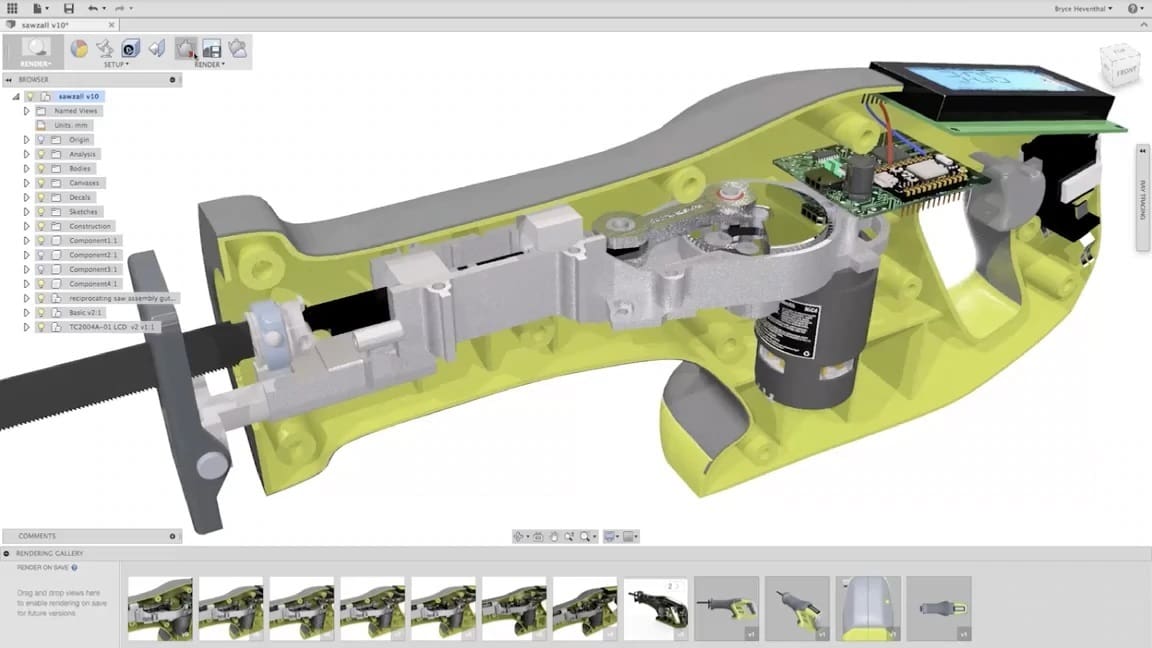
When choosing between these two options, pricing tends to be an important factor. In comparing apples to apples, or FreeCAD to the free version of Fusion 360, be sure to take both for a test drive to ensure that each includes all of the functions you need.
If you plan to use CAD at work, you can’t use the free version of Fusion 360 and therefore FreeCAD’s main advantage is that it’s free. Because everyone at your company can access it, it’s great for teams and collaborative projects and working with freelancers.
In practice, however, your decision it boils down to what you’re designing. If you can do it comfortably in FreeCAD, there may be little reason to pay for Fusion 360, but keep in mind that FreeCAD is somewhat bug-prone and unstable, making it unsuitable for large projects. For these reasons, it would be rare to find a company that uses FreeCAD professionally; it’s most popular with hobbyists, freelance designers and small businesses.
If you’re going to do creative product design – the design of objects like chairs, kitchen utensils, bottles, or similar – Fusion 360 is the preferred option. Its tools are more on par with this functionality, and it focuses on manufacturing, which also makes it preferable if you need strong CAM operations.
At the end of the day, however, when it comes to 3D modeling, either program will get the job done.
License: The text of "Fusion 360 vs FreeCAD: The Differences" by All3DP Pro is licensed under a Creative Commons Attribution 4.0 International License.
CERTAIN CONTENT THAT APPEARS ON THIS SITE COMES FROM AMAZON. THIS CONTENT IS PROVIDED ‘AS IS’ AND IS SUBJECT TO CHANGE OR REMOVAL AT ANY TIME.



